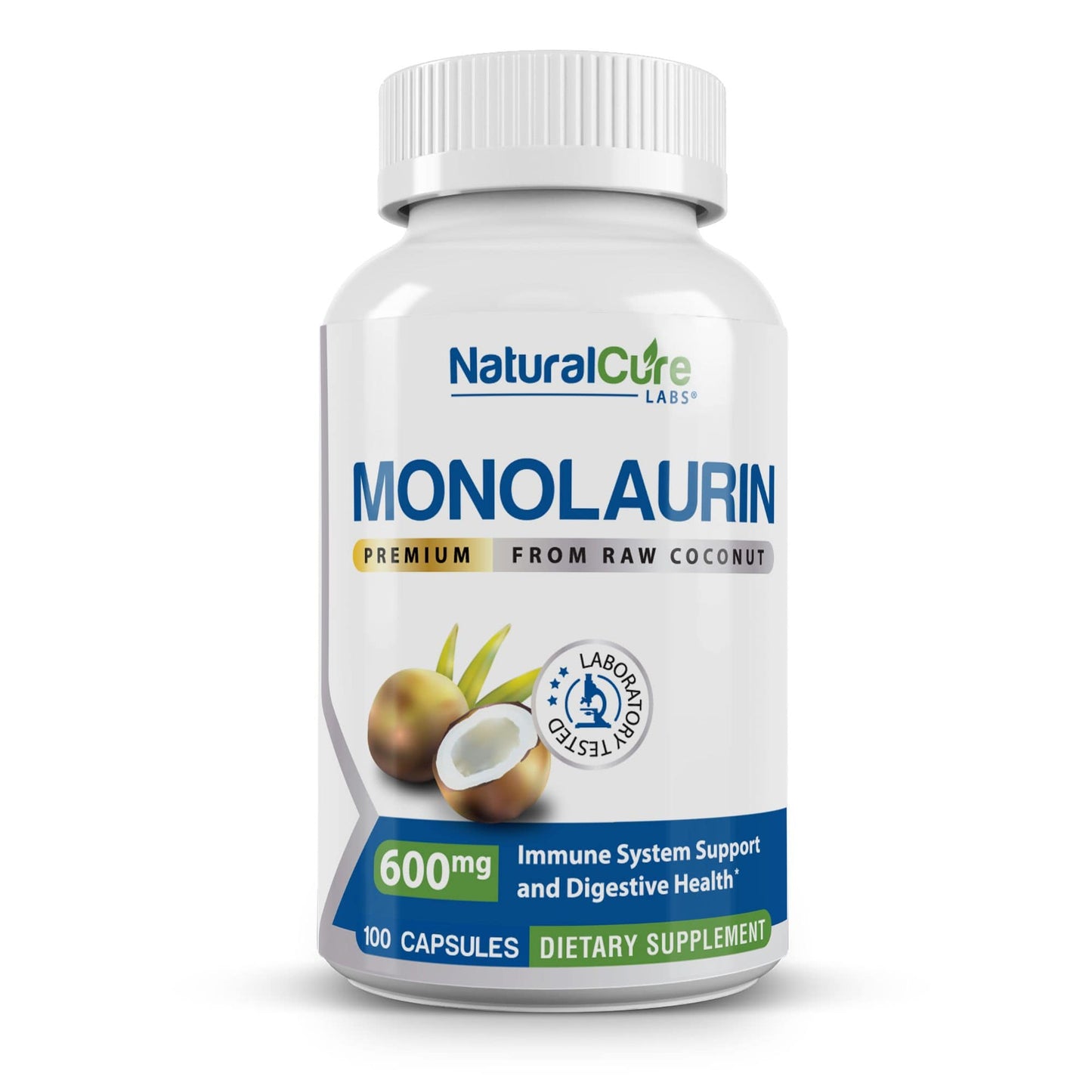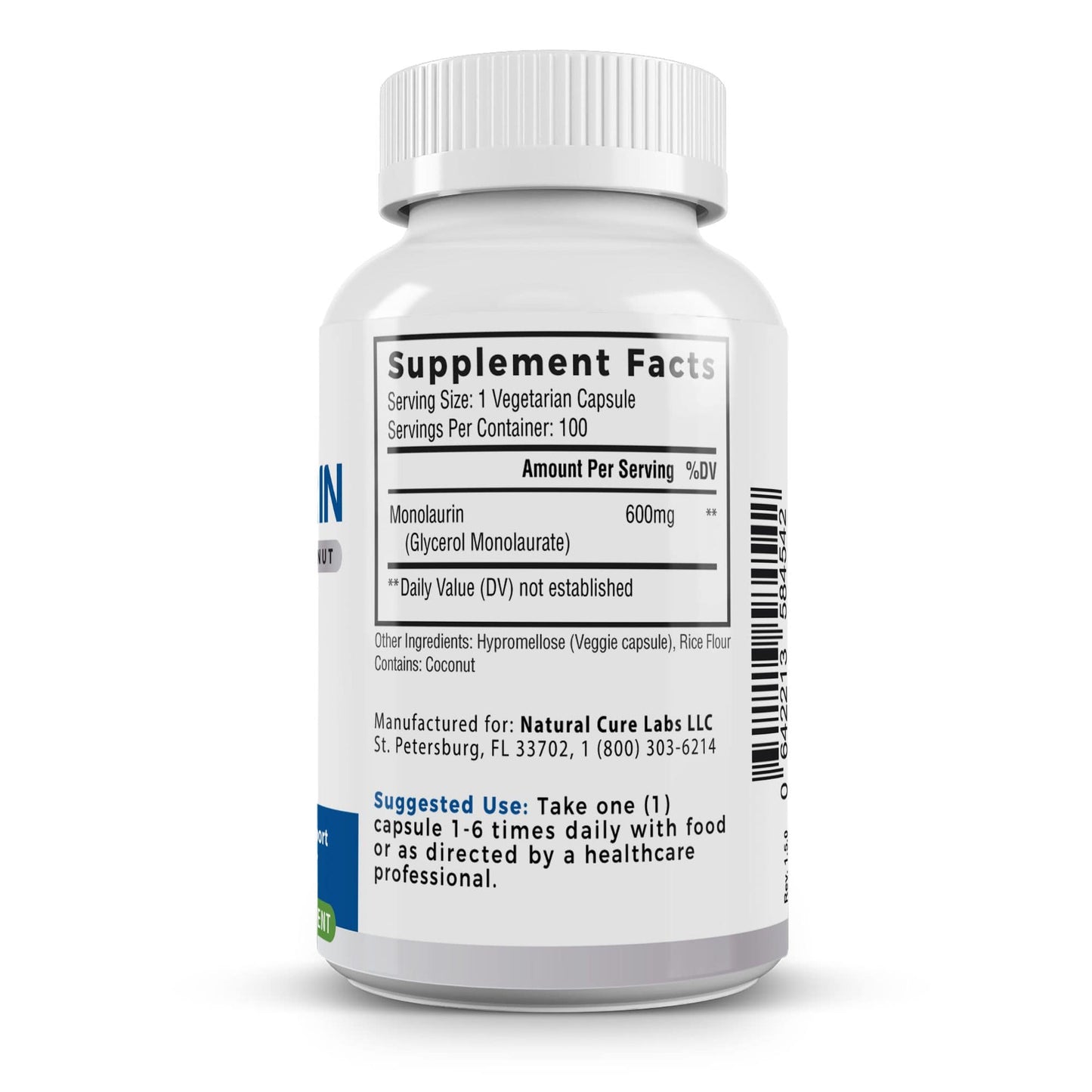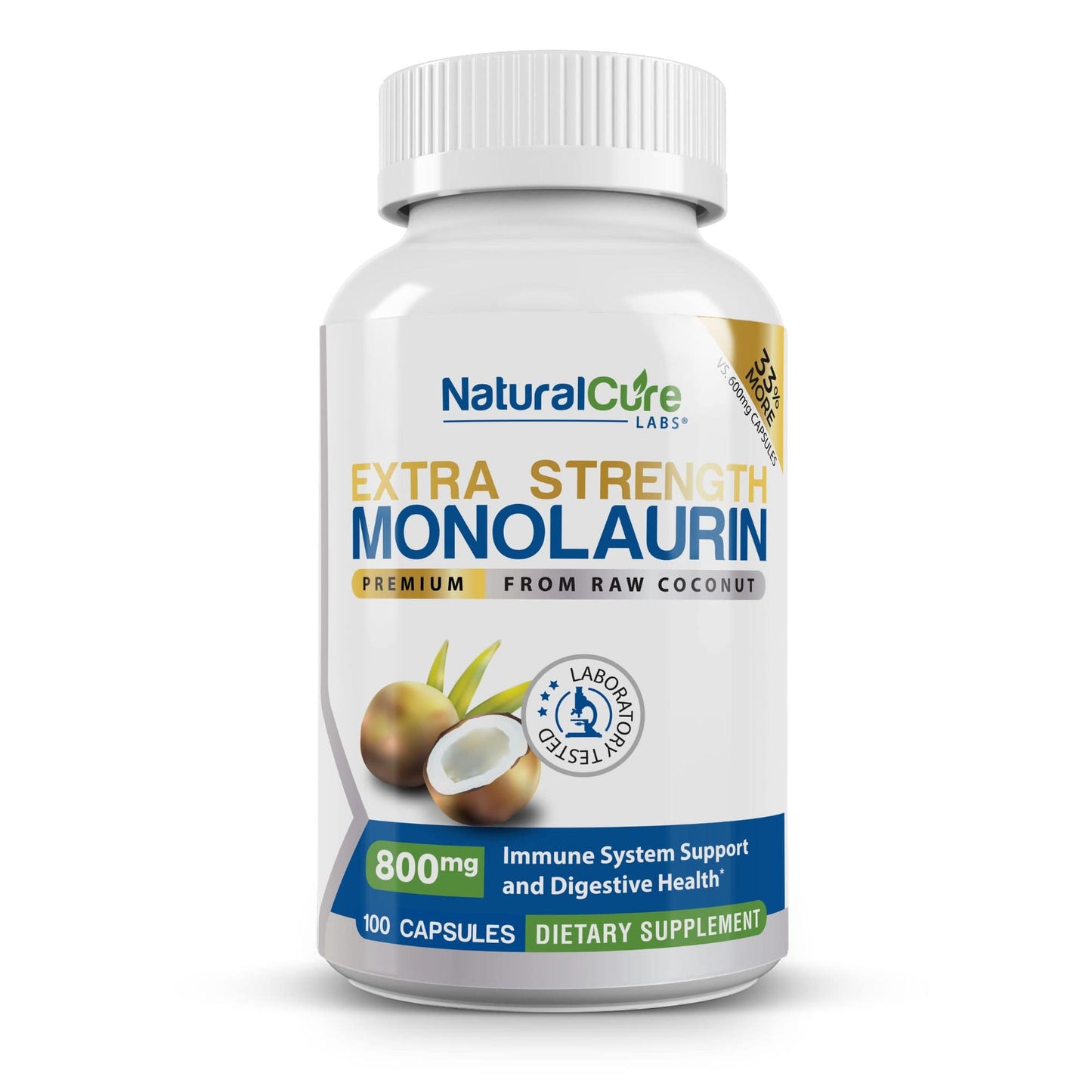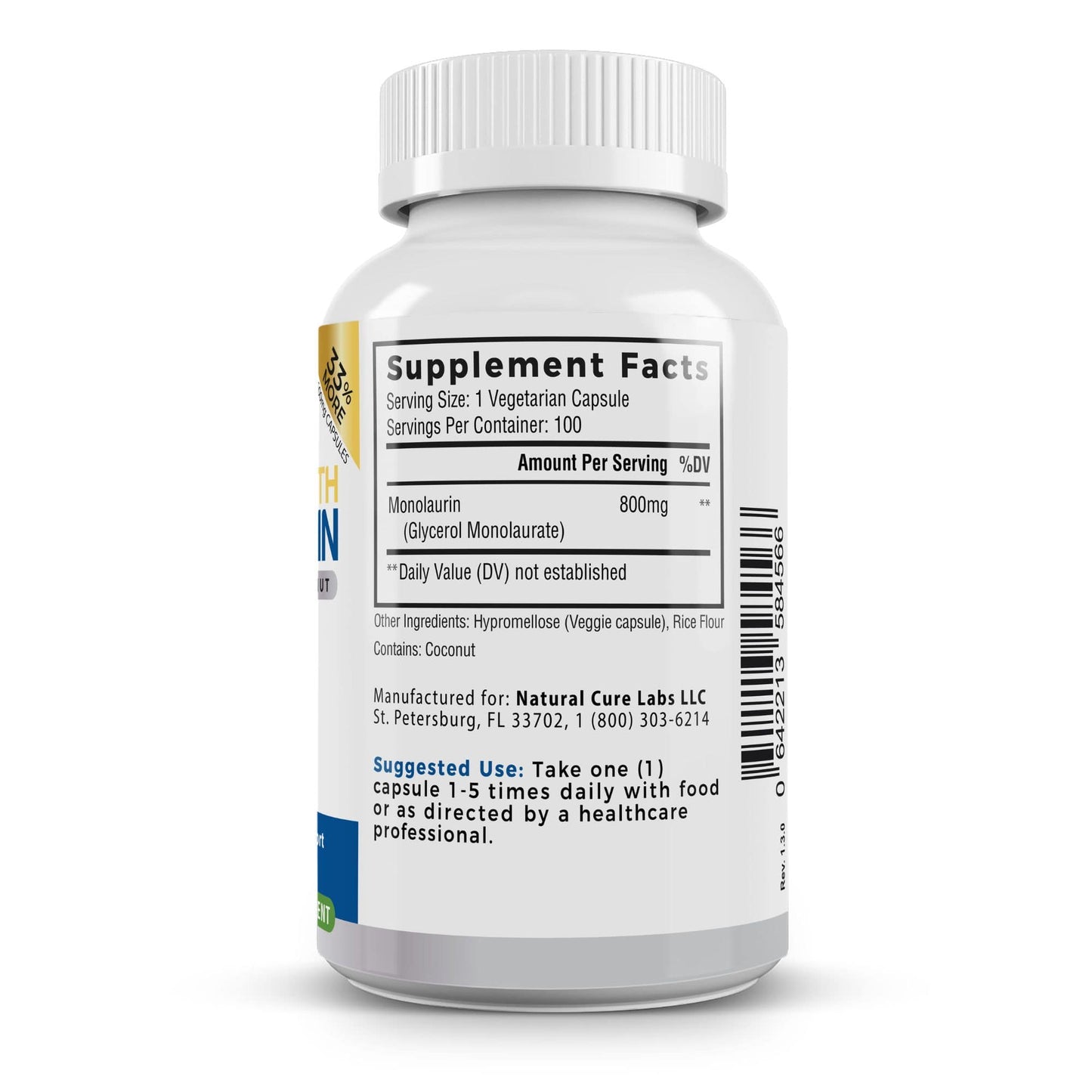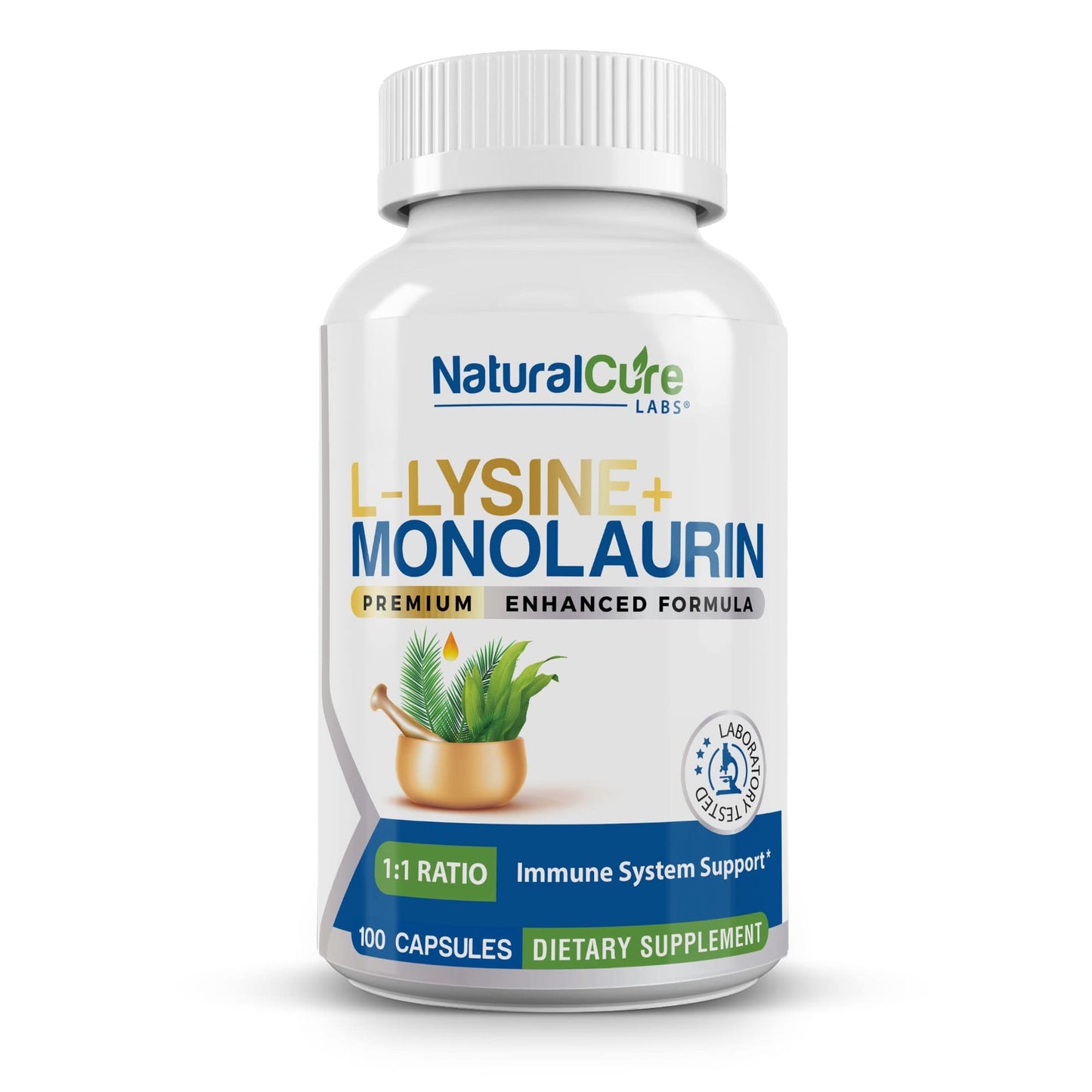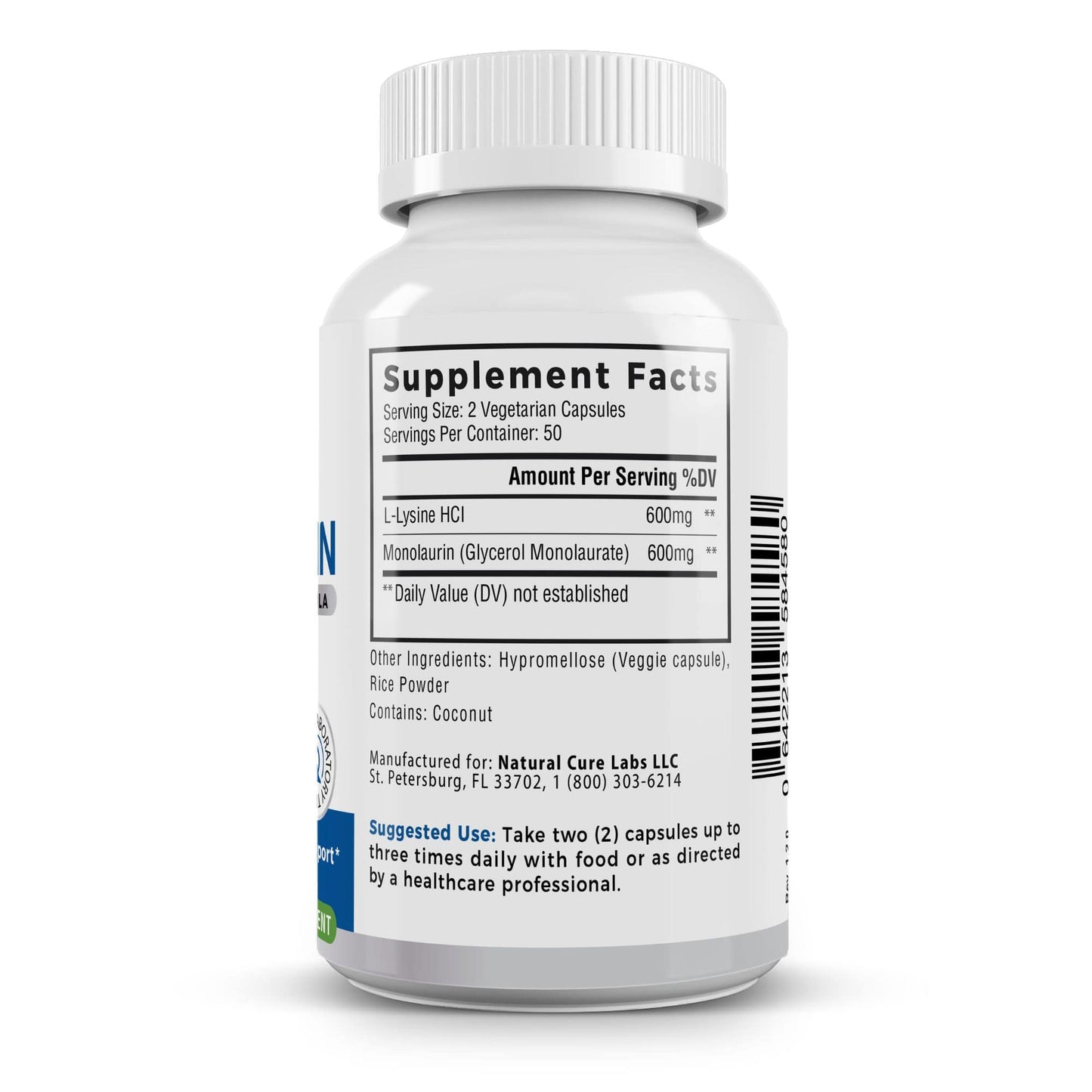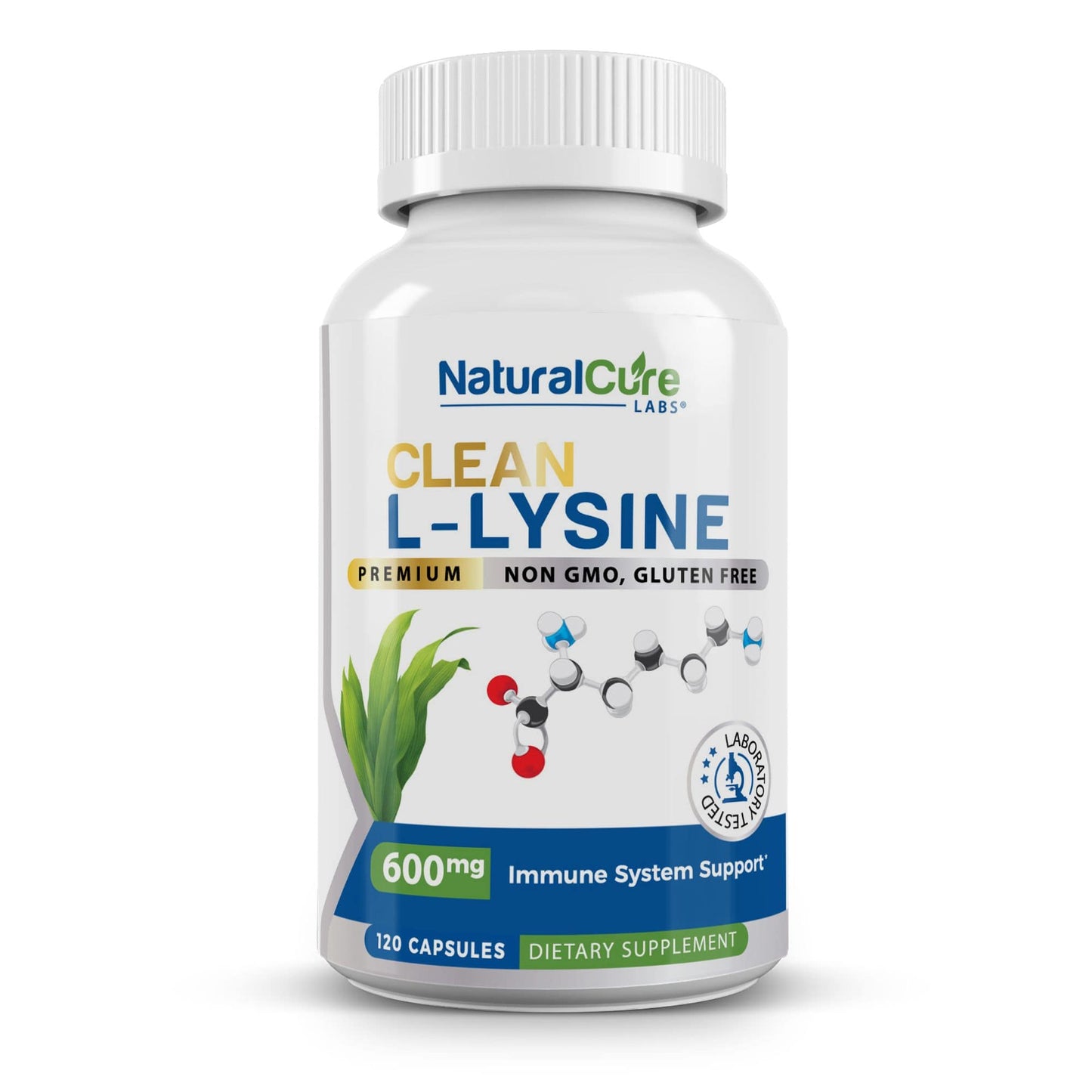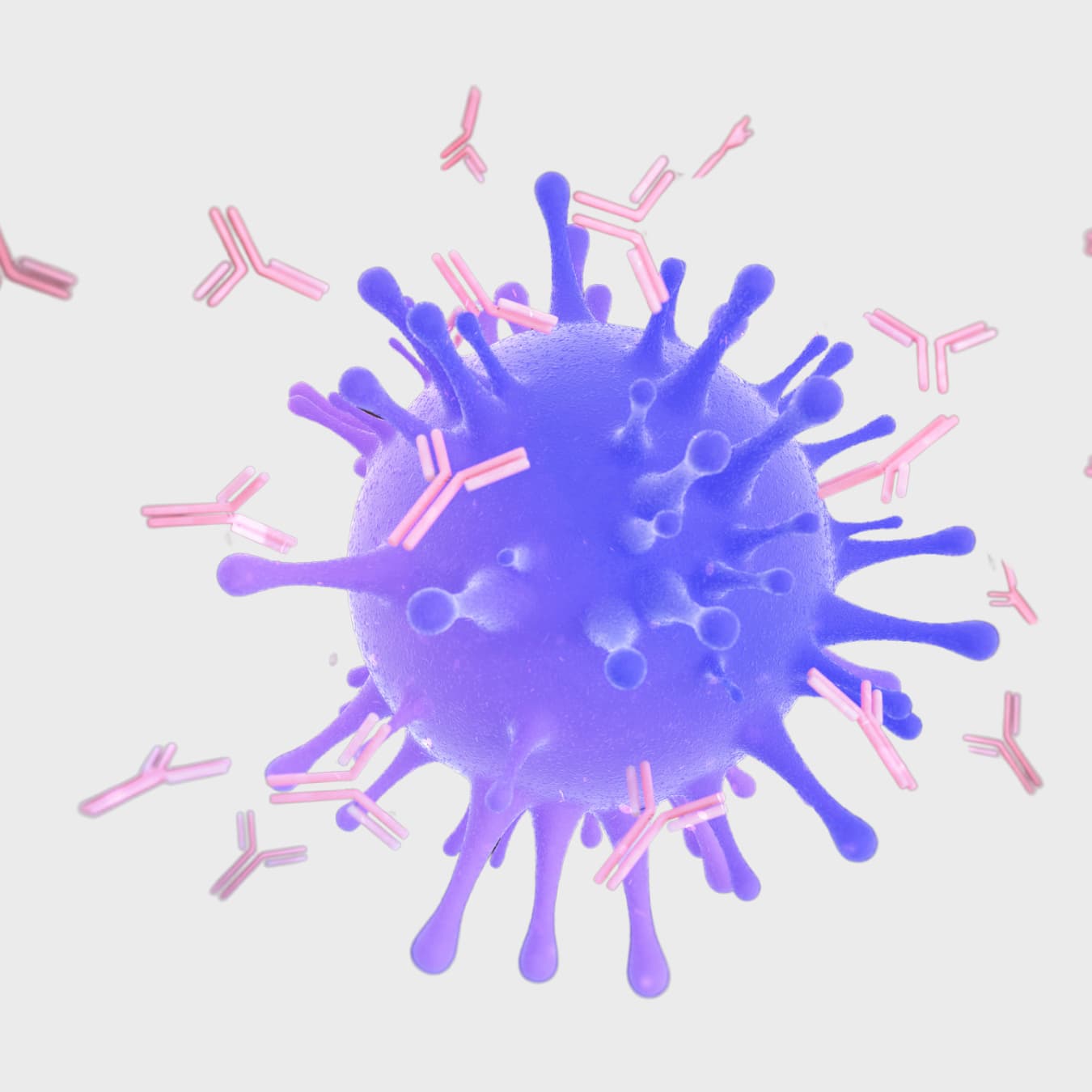
📝 Medically reviewed by Dr. Evan Leonard
🔍 Last updated June 17, 2024
📚 13 citations
📖 6 minute read
About the Author:

Dr. Evan Leonard is a Doctor of Medical Science and has been a board-certified physician associate since 2014. He practiced at the University of Florida's healthcare system for two years in internal medicine, followed by an additional two years in emergency and critical care medicine. He is now a university professor.
--
The human body can generate about 10 billion different antibodies. ¹ These protective proteins, also referred to as immunoglobulins, are produced by your body's immune system in response to foreign invaders.
When an unknown substance enters your body, antibodies identify and eliminate them. These Y-shaped proteins have an important role in your immune response and help provide necessary defense.
Jump To:
- What Are Antibodies?
- How Do Antibodies Work?
- Antibodies and Your Immune System
- Antibody Types
- Final Thoughts
- References
Keep reading to learn more about antibodies.
See Related: Lauric Acid: Potential Health Benefits, Sources, Uses, And More
What Are Antibodies?
Antibodies have a 3D structure in the shape of a "Y." The base of the body allows the antibody to communicate with the rest of your immune system, while the tips of the arms bind to foreign invaders. Each antibody contains four protein chains - two light chains and two heavy chains arranged in a light-heavy-heavy-light structure. ²
The tip of antibodies is the antigen binding site, also known as the paratope. ³ This structure allows antibodies to bind accurately and swiftly to thousands of foreign substances. ⁴
Antibodies Vs. Antigens
Antibodies are proteins produced by your body's immune system and circulate through your bloodstream. When exposed to antigens, antibodies bind to these foreign invaders in order to eliminate them from your body. Antigens include foreign substances like bacteria or viruses. ⁵

How Do Antibodies Work?
Antibodies are produced by your immune system in response to an infection or vaccine. They are designed for a specific task - either to mark a foreign invader for removal or to eliminate the substance itself.
The molecules of antigens aren't the same types that are naturally found in your body. This allows your immune response to easily recognize harmful invaders. In order to eliminate these foreign elements, your immune response calls upon antibodies.
Fighting Off Foreign Substances
Antibodies can identify and bind to antigens in a lock-and-key manner. Your immune system fights off and eliminates these antigens before producing specialized memory B cells. When your body comes in contact with an antigen it has never before encountered, it is up to your other immune cells to clear the infection. However, now memory B cells have developed an antibody to that invader's antigen and can begin producing additional antibodies for future defense. ¹³
These memory cells are designed to help your body prepare a quicker immune response if it's ever exposed to the same type of antigen in the future. ⁵ ⁶
Antibodies and Your Immune System
Your immune system contains specialized white blood cells known as B cells. When a B cell and an antigen collide, the B cells split in two. Phase one of this process involves B cells being activated by the interaction of CD40 on the surface of helper T cells. In phase two, these B cells interact with an antigen in order to differentiate into plasma cells.¹²
These cloned B cells, also known as plasma cells, then fill your bloodstream and lymph system with millions of ready-to-act antibodies. ⁷ ⁸

Bonus: Mulberry Leaf: Uses, Benefits, And The Impact On Blood Sugar
Where are Antibodies Located?
Antibodies are located in your skin, lungs, blood, and other various areas of the body. There is a high concentration of antibodies in breast milk and colostrum, which is essential for the health of growing infants. ⁹
Antibody Types
Your body contains five distinct types of antibodies. ¹⁰ ¹¹
- IgA - This immunoglobulin is found in the saliva, tears, mucus, and breast milk.
- IgD - Found on the surface of B cells, it is believed that IgD antibodies help support B cell maturation and activation.
- IgE - IgE antibodies are found in the skin, lungs, and mucus membranes. They are what causes your mast cells to release histamine and other chemicals into your blood.
- IgG - Accounting for almost 50% to 70% of all immunoglobulins in your body, IgG antibodies are the most common and are primarily found in your blood and other fluids. They are a quintessential antibody, being the most specific to microbes.
- IgM - IgM antibodies are your body's first line of defense and are located in your blood and lymph system.
Final Thoughts
Your immune system depends on antibodies to run smoothly. Immune support supplements like Natural Cure Labs' Clean L-Lysine or Biofilm Immune Complex are made with premium botanicals and other research-backed ingredients formulated to help support healthy immune function. ‡

Keep Reading: 5 Ways To Naturally Lower Blood Sugar With Botanicals
--
References
- Fanning L. J., Connor A. M., & Wu G.E. (1996). "Development of the immunoglobulin repertoire". Clinical Immunology and Immunopathology. 79 (1): 1–14. doi:10.1006/clin.1996.0044. PMID 8612345.
- Janeway, C. A. Jr., Travers, P., Walport, M., et al. Immunobiology: The Immune System in Health and Disease. 5th edition. New York: Garland Science; 2001. The structure of a typical antibody molecule. Available from: https://www.ncbi.nlm.nih.gov/books/NBK27144/
- Liberis, E., Veličković, P., Sormanni, P., Vendruscolo, M., & Liò, P. (2018). Parapred: antibody paratope prediction using convolutional and recurrent neural networks. Bioinformatics, Volume 34, Issue 17, September 2018, Pages 2944–2950, https://doi.org/10.1093/bioinformatics/bty305
- Kapingidza, A. B., Kowal, K., & Chruszcz, M. (2020). Antigen-Antibody Complexes. Sub-cellular biochemistry, 94, 465–497. https://doi.org/10.1007/978-3-030-41769-7_19
- Forthal D. N. (2014). Functions of Antibodies. Microbiology spectrum, 2(4), 1–17. Retrieved from https://www.ncbi.nlm.nih.gov/pmc/articles/PMC4159104/ on June 5, 2024.
- Ratajczak, W., Niedźwiedzka-Rystwej, P., Tokarz-Deptuła, B., & Deptuła, W. (2018). Immunological memory cells. Central-European journal of immunology, 43(2), 194–203. https://doi.org/10.5114/ceji.2018.77390
- Althwaiqeb, S. A., Bordoni, B. Histology, B Cell Lymphocyte. [Updated 2023 May 29]. In: StatPearls [Internet]. Treasure Island (FL): StatPearls Publishing; 2024 Jan-. Available from: https://www.ncbi.nlm.nih.gov/books/NBK560905/
- Allen, H. C., Sharma, P. Histology, Plasma Cells. [Updated 2022 Dec 30]. In: StatPearls [Internet]. Treasure Island (FL): StatPearls Publishing; 2024 Jan-. Available from: https://www.ncbi.nlm.nih.gov/books/NBK556082/
- Lokossou, G. A. G., Kouakanou, L., Schumacher, A., & Zenclussen, A. (2022). Human Breast Milk: From Food to Active Immune Response With Disease Protection in Infants and Mothers. Front Immunol. 2022; 13: 849012. https://doi.org/10.3389%2Ffimmu.2022.849012
- Justiz Vaillant, A. A., Jamal, Z., Patel, P., et al. Immunoglobulin. [Updated 2023 Aug 28]. In: StatPearls [Internet]. Treasure Island (FL): StatPearls Publishing; 2024 Jan-. Available from: https://www.ncbi.nlm.nih.gov/books/NBK513460/
- Aziz, M., Iheanacho, F., Hashmi, M. F. Physiology, Antibody. [Updated 2023 May 1]. In: StatPearls [Internet]. Treasure Island (FL): StatPearls Publishing; 2024 Jan-. Available from: https://www.ncbi.nlm.nih.gov/books/NBK546670/
- 12. Akkaya, M., Kwak, K. & Pierce, S.K. B cell memory: building two walls of protection against pathogens. Nat Rev Immunol 20, 229–238 (2020). https://doi.org/10.1038/s41577-019-0244-2
- 13. Clark EA, Ledbetter JA. Structure, function, and genetics of human B cell-associated surface molecules. Adv Cancer Res. 1989;52:81-149.
‡ These statements have not been evaluated by the Food and Drug Administration. This product is not intended to diagnose, treat, cure, or prevent any disease.
--
Natural Cure Labs provides dietary supplements made from naturally derived ingredients. Our research-backed products contain premium botanicals and antioxidants that encourage healthy living and holistic wellness. Each high-quality product comes with a Clean Label that certifies our commitment to quality, transparency, and research. To stay connected and learn more, follow us on Facebook, Instagram, and TikTok.

